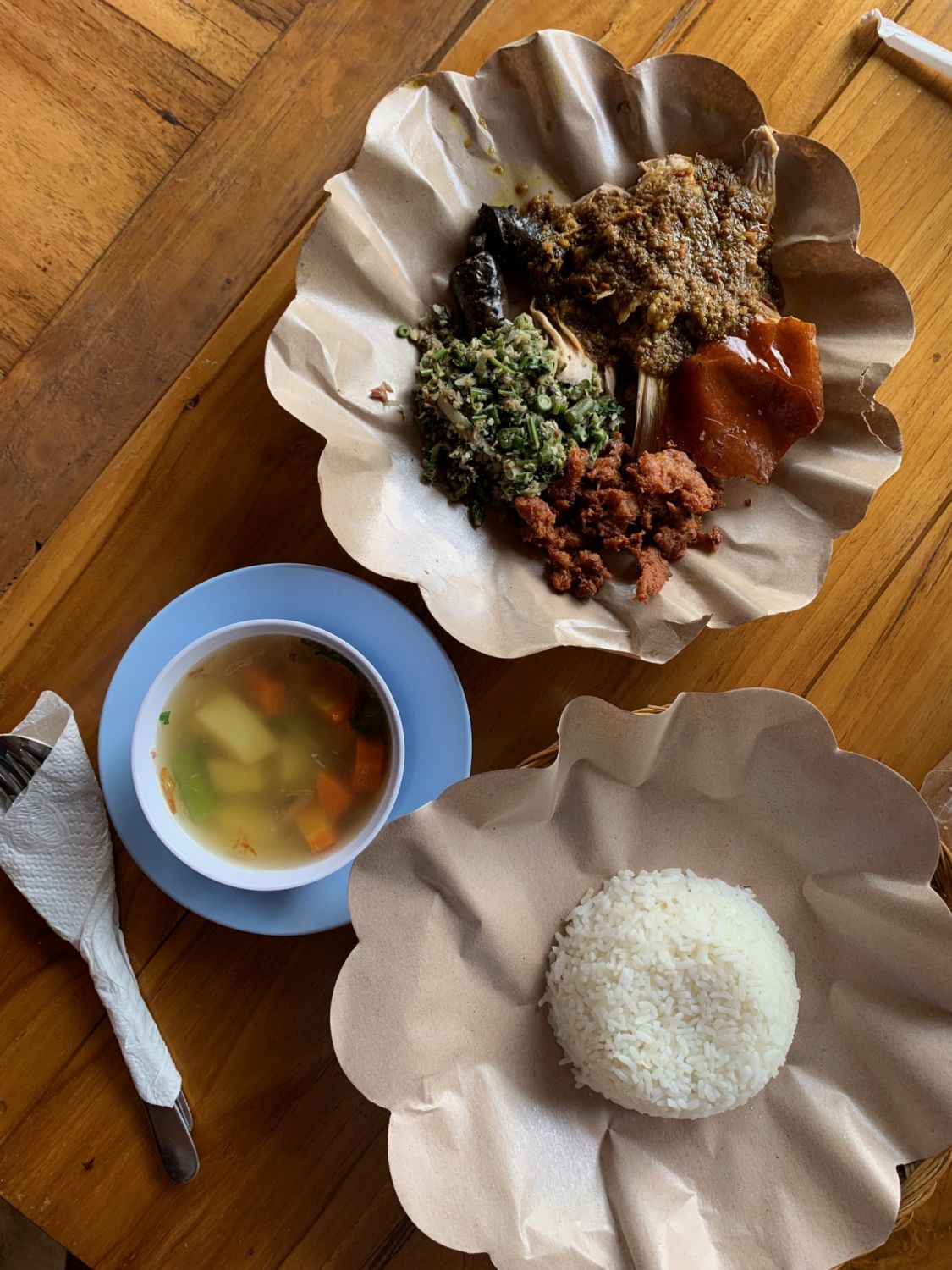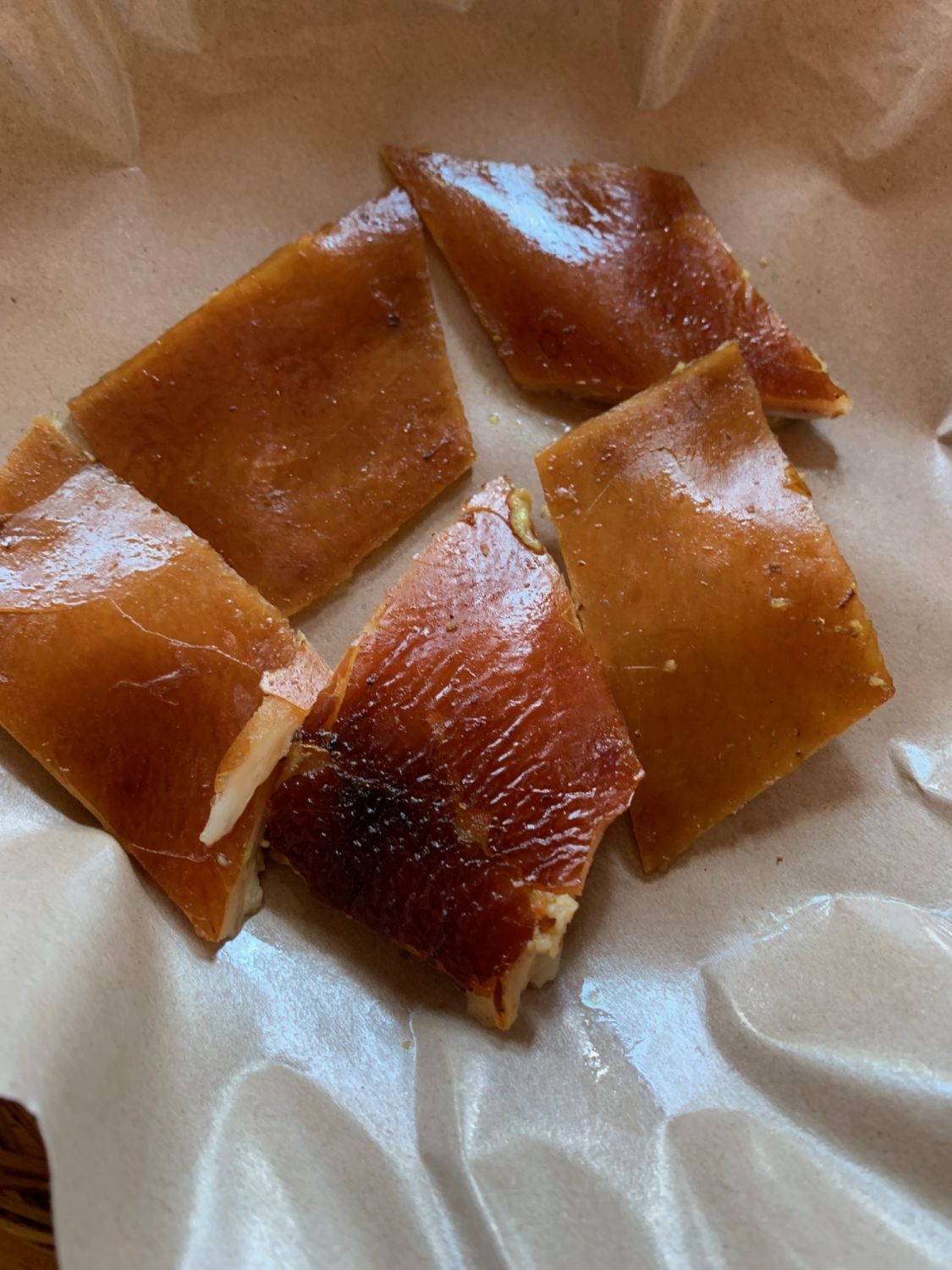Find out what you need to eat when visiting the island of Bali as told by chef, author, and food journalist Angelo Comsti
Your Bali itinerary shouldn’t just be about yoga, the sand, or the surf since there’s simply too much to enjoy in this bustling Indonesian province food-wise.
For the most popular Balinese specialty


While most of Indonesia are not fans of pork due to religious reasons, Bali celebrates it. Popularly known as babi guling, their spit-roasted suckling pig is famous not just among travellers who include it in their itineraries, but also with locals since it’s an integral part of their rite-of-passage ceremonies, like weddings.
Stuffed with basa gede, a potent spice paste made of galangal, chillies, and terasi then rubbed with turmeric water before being bronzed over an open fire for about six hours, babi guling isn’t actually hard to find in Bali as even the warungs (traditional roadside eateries) would often have it. But among those that offer this babi, one brand stands out—Ibu Oka, especially after the late Anthony Bourdain proclaimed it “absolutely the best” in an episode of No Reservations back in 2006. Their special plate comes with tender meat and crispy skin, soup, nasi putih (rice), sambal, sayur (beans and papaya with fresh coconut), gorengan (breaded fried pork), and sosis (blood sausage).
See also: Where to Order the Best Lechon According to Top Chefs

















